Dry summers and humid winters characteristic of Mediterranean climate, fertile lands bounded by the Andes and the Coastal Range. This is the Chilean Central Valley, home of Santiago de Chile.
Santiago has a temperate semi-arid climate with Mediterranean patterns: warm dry summers (November to March) with temperatures reaching up to 32°C (90°F) on the hottest days; winters (June to August) are more humid with cold mornings; typical daily maximum temperatures of 13°C (55°F), and minimums of a few degrees above freezing.
Below is the average climate data for the city of Santiago, Chile. Rain days are exaggerated because precipitations of more than or equal to 0.1mm are considered. Summer rains are really rare.
Normal curves for rainy winters with medium temperatures and hot dry summers:
Summing up, this are the regular weather conditions you could expect for Santiago each season:
Dec 21 – Mar 20
Summer
Dry and warm with max temps up to 35ºC (95ºF)
Mar 21 – Jun 20
Autumn
Mild temps, partly cloudy with chances of rain
Jun 21 – Sep 20
Winter
Rainy and cold with min temps above freezing.
Sep 21 – Dec 20
Spring
Partly sunny with fresh air and a few rains
Central Chile
Santiago is located in Central Chile (Zona Central), one of the five geographical zones in which Chile is divided from north to south.
Central Chile is the most populated region and includes the three largest metropolitan areas: Santiago, Valparaíso and Concepción. It extends from the rivers Aconcagua to Bio-Bio, bounded on the north by the semi-desert region known as El Norte Chico (the ‘little north’), and south by the cooler and wetter Valdivian temperate rain forests. To the east the Andes Mountain Range rises –drawing the frontier with Argentina– and westwards the sun sets over the immense Pacific Ocean.
Central Chile and almost the entire country is divided in four major geographical zones running in parallel north to south, and we have added a fifth which corresponds to the lower hills that lie before the higher mountains.
Ordered from east to west:
– Andes Mountain Range
– Precordillera (pre mountain range)
– Central Valley
– Coastal Range
– Pacific Central Coast
We have made a short description accompanied by three pictures for each subregion listed above, which are the main landscapes you’ll find near Santiago de Chile.
The Andes Mountains
There are extreme conditions proper to the high mountains: cold snowy winters, dry summers, xeric vegetation and less atmospheric pressure than we are use to, therefore less oxygen to breath. There are amazing glaciers as the hanging El Morado and huge mountains such as Mount Aconcagua with 6,960m (22,837ft), the highest of America.
Precordillera
The lower hills that separate the valley from the greater mountain range have a more temperate climate and are usually covered by snow at least once a year. Vegetation –like the Coastal range– is characterised by the Sclerophyll forests (hard leaves ever green trees) in the most humid areas, and low shrubs and cactuses in the drier zones; this can be clearly seen in mountains like Pochoco.
Central Valley
The Chilean Central Valley –where Santiago is located– is limited by the two mountain ranges and contains some of the richest agricultural land in the country due to its mediterranean climate. There are large producers of fruits including the grapes from which the best Chilean Wines are made.
Coastal Range
Running parallel to the Andes with elevations over 2,200m (7,200ft), this mountain range prevents coastal moisture to pass inland. Though it is lower than the Andes, its geological origen is much more older, and prehistoric plants such as the Chilean Wine Palm can be found in places like La Campana National Park. Winters are mild with maybe a few snows just in the highest hills.
Pacific Central Coast
More moisture, winds, and milder temperatures near the shoreline. Great ports such as Valparaíso were built along the coast; where most of immigrants arrived in the 19th century, and there are still pristine areas such as the Puquén Bio-Park in Los Molles. Water temperatures are a bit cold but it doesn’t stop us from surfing or diving all year round. Climate is similar to the Mediterranean Basin and California.


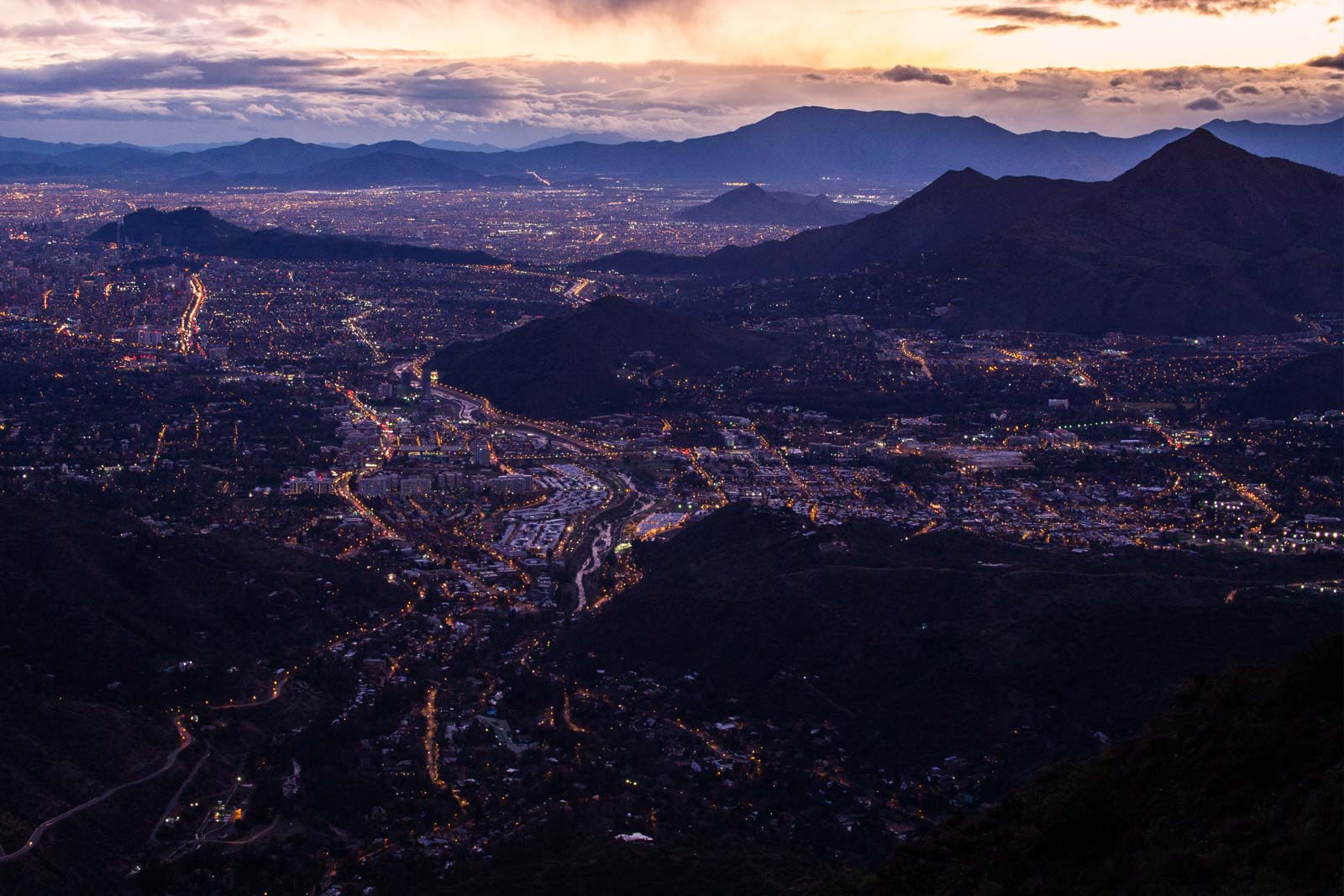


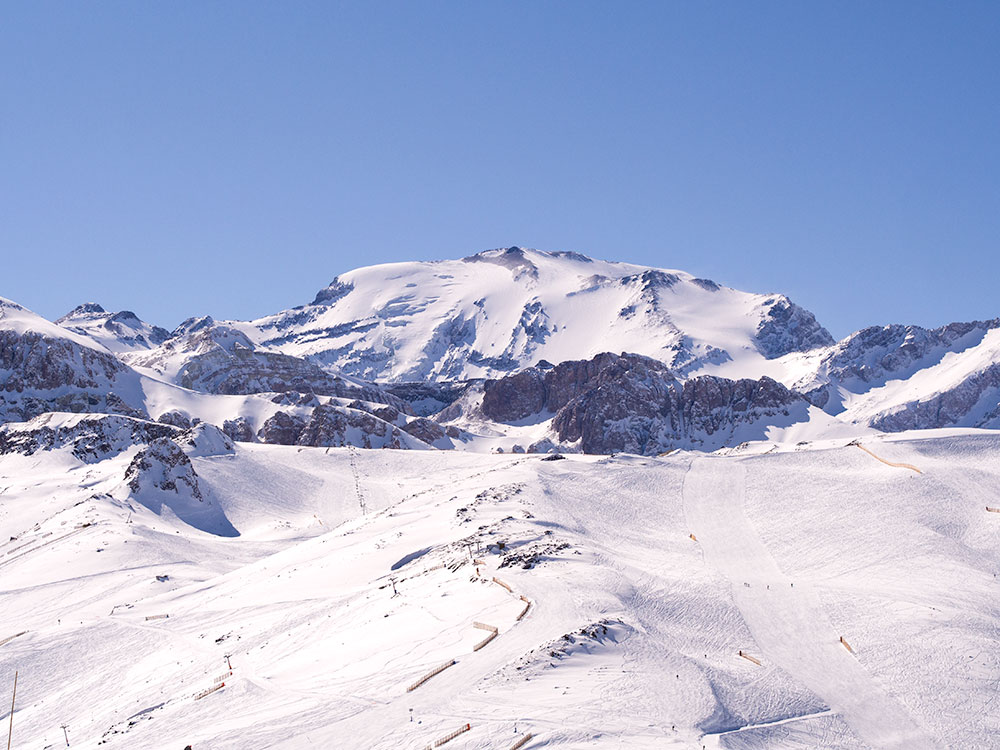
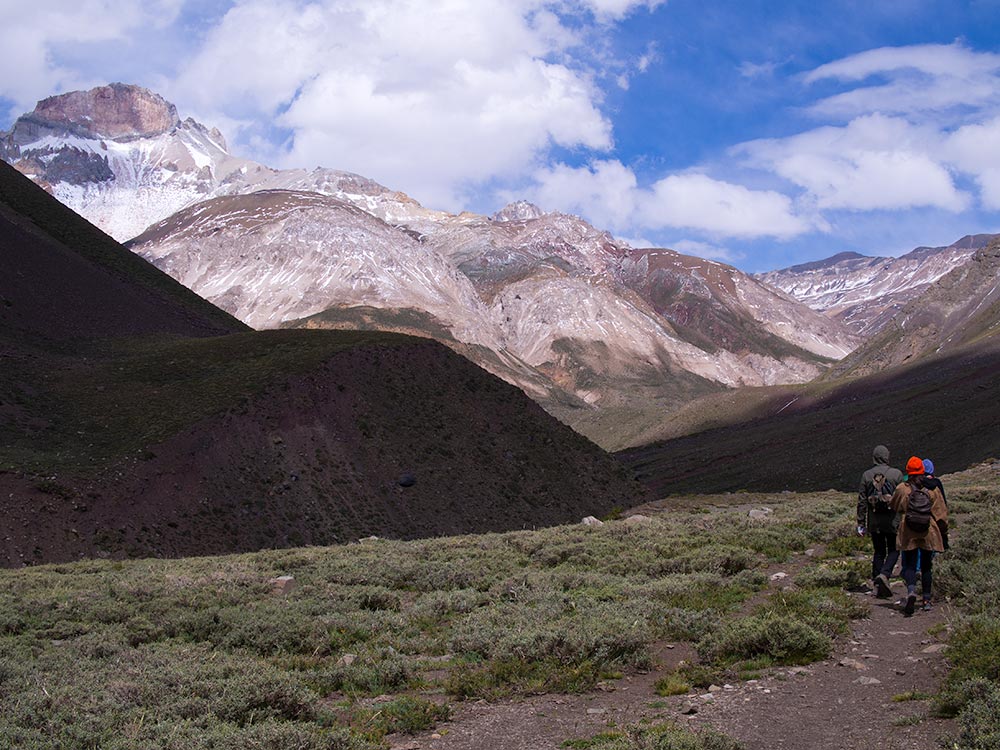



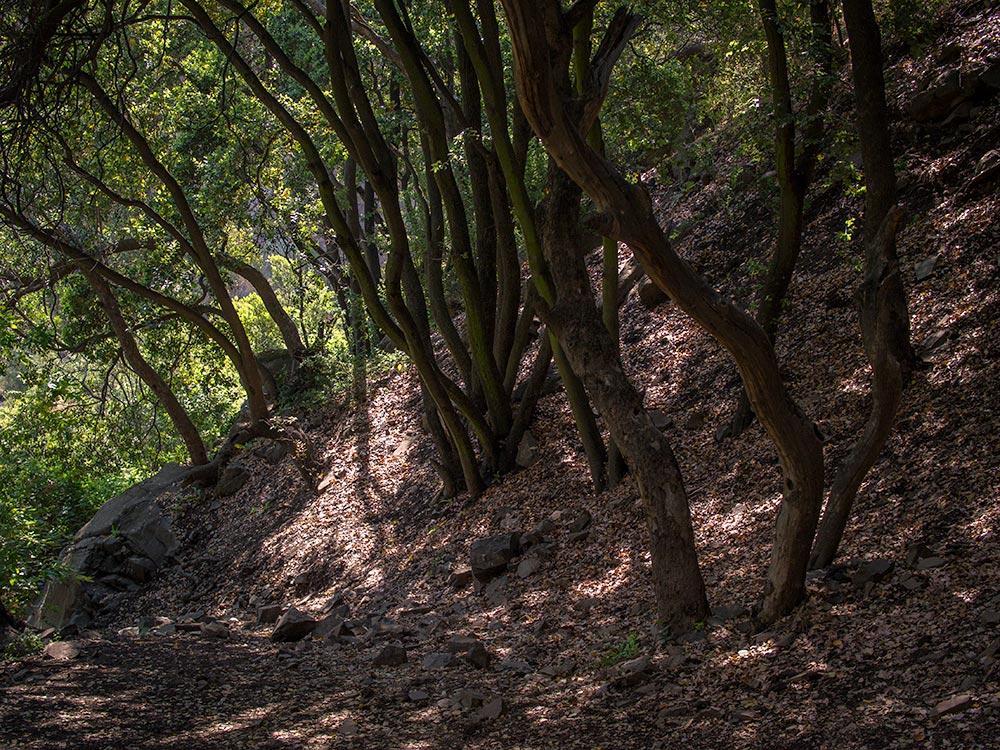

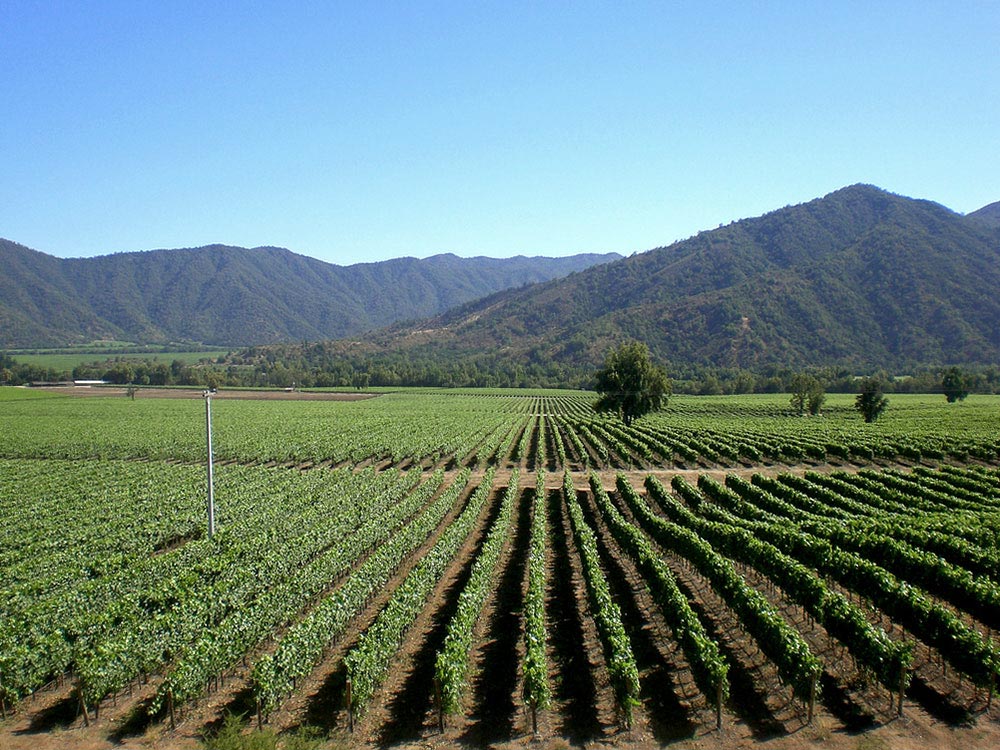
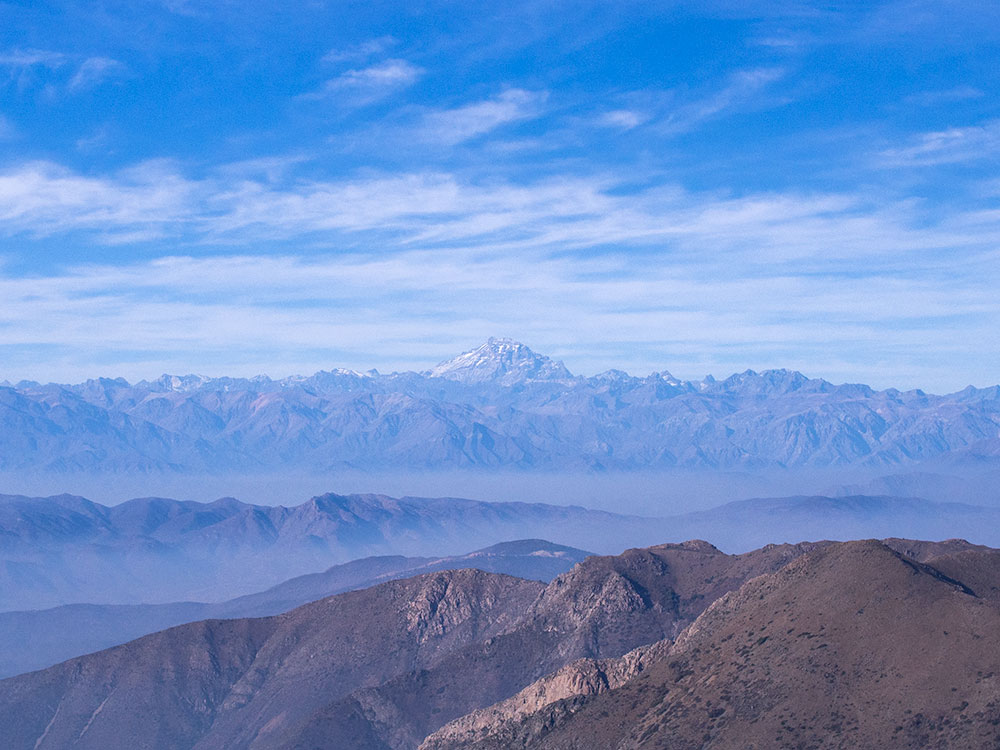
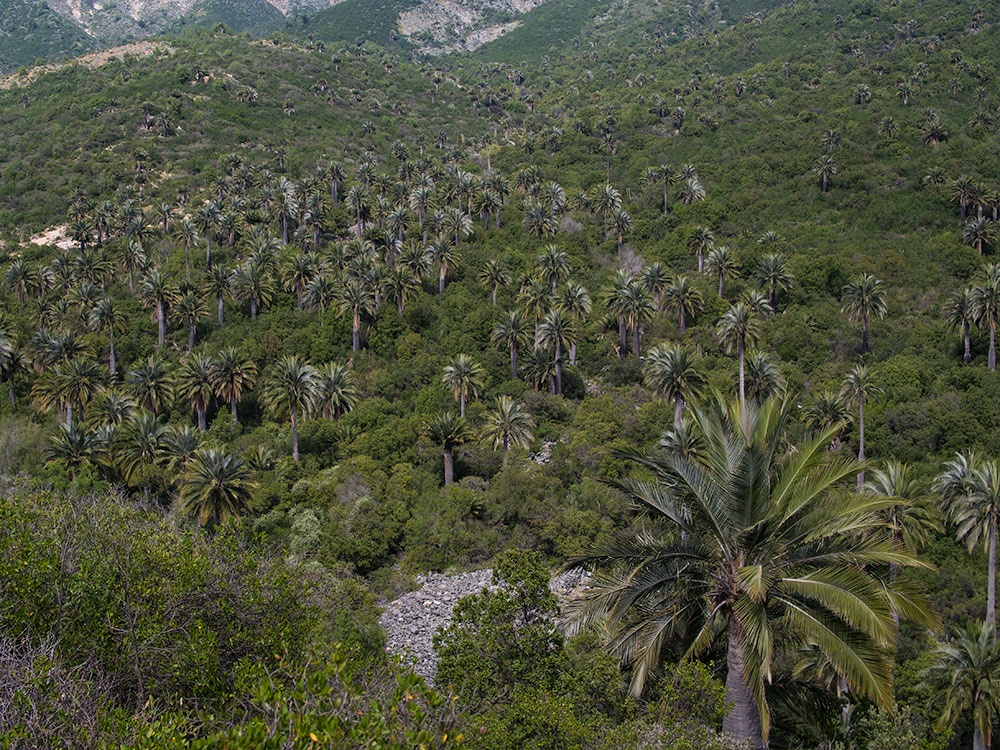
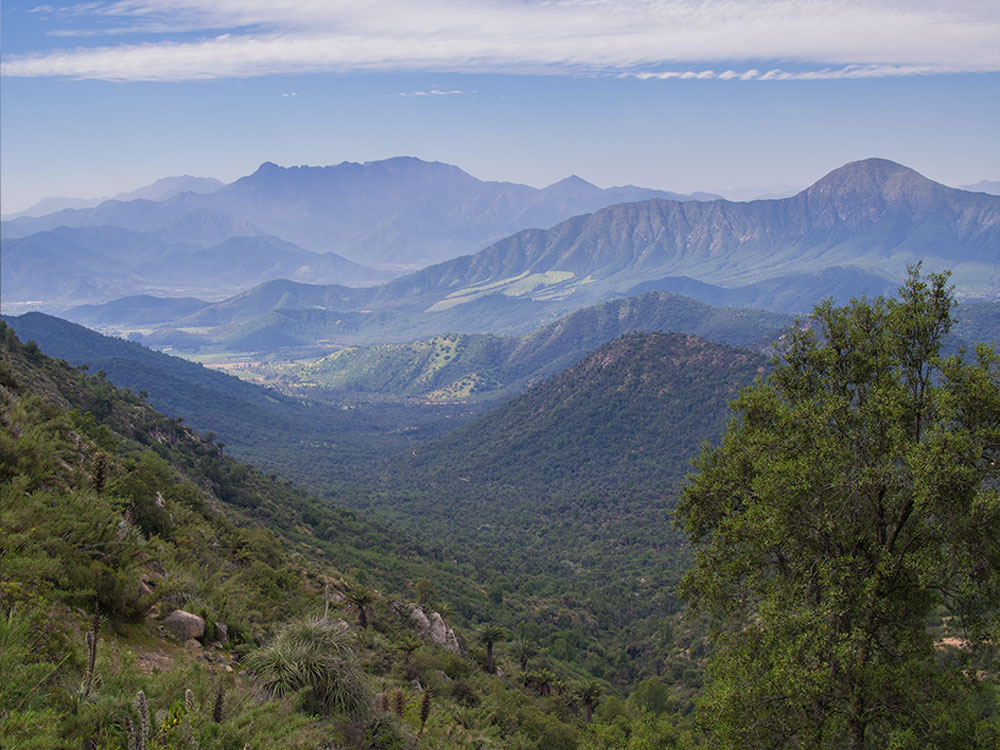

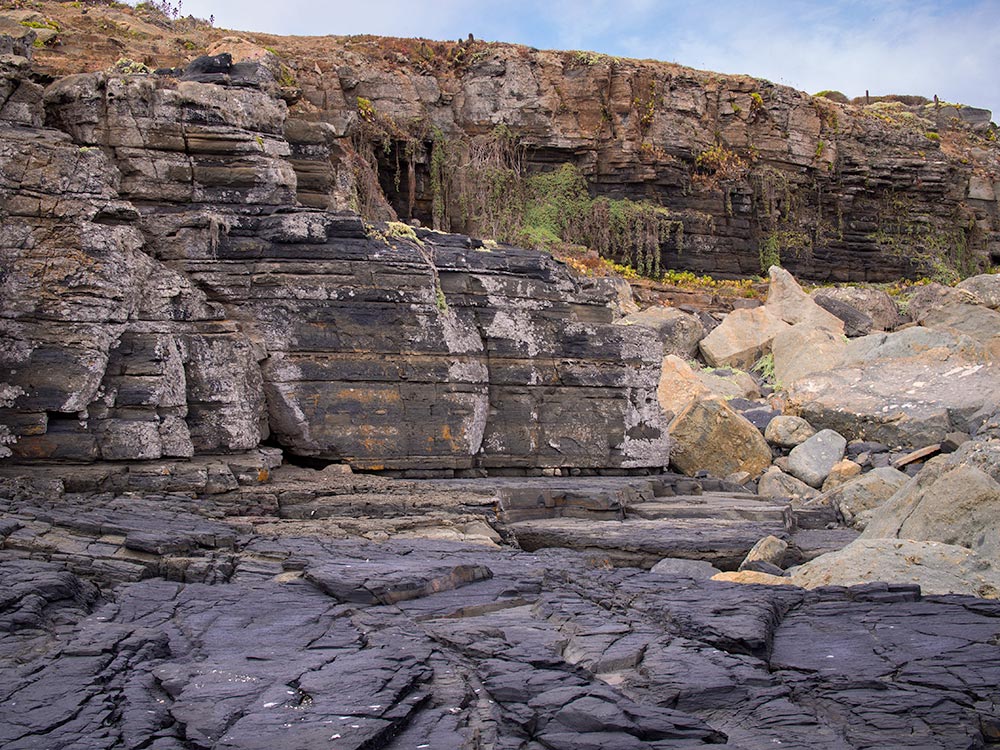

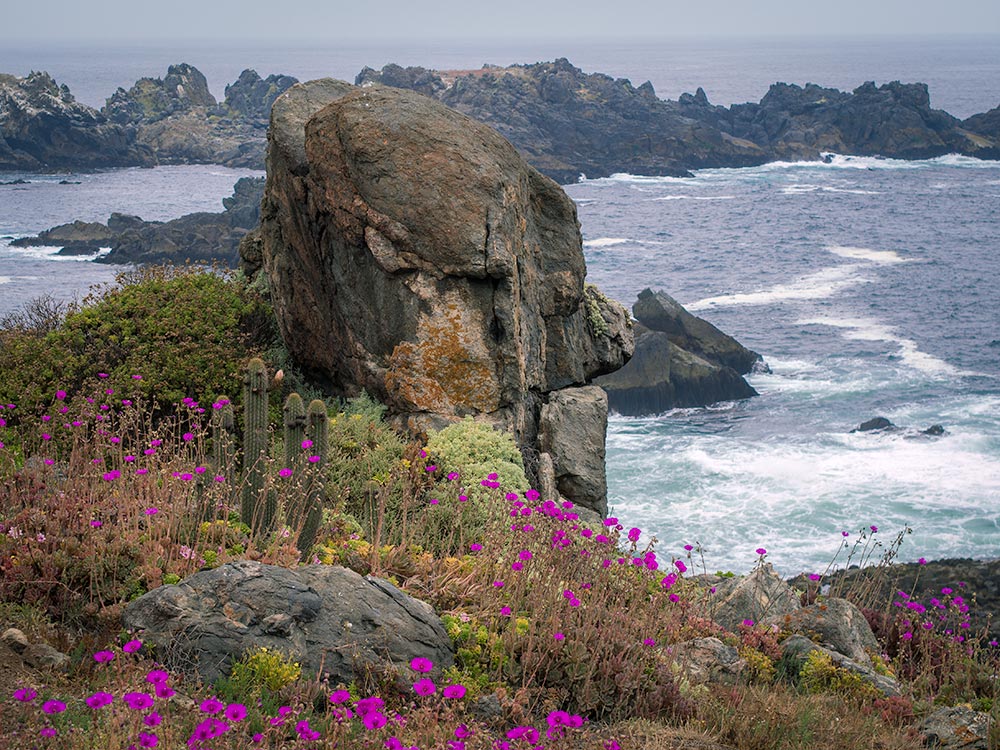
Thanks a lot for sharing!